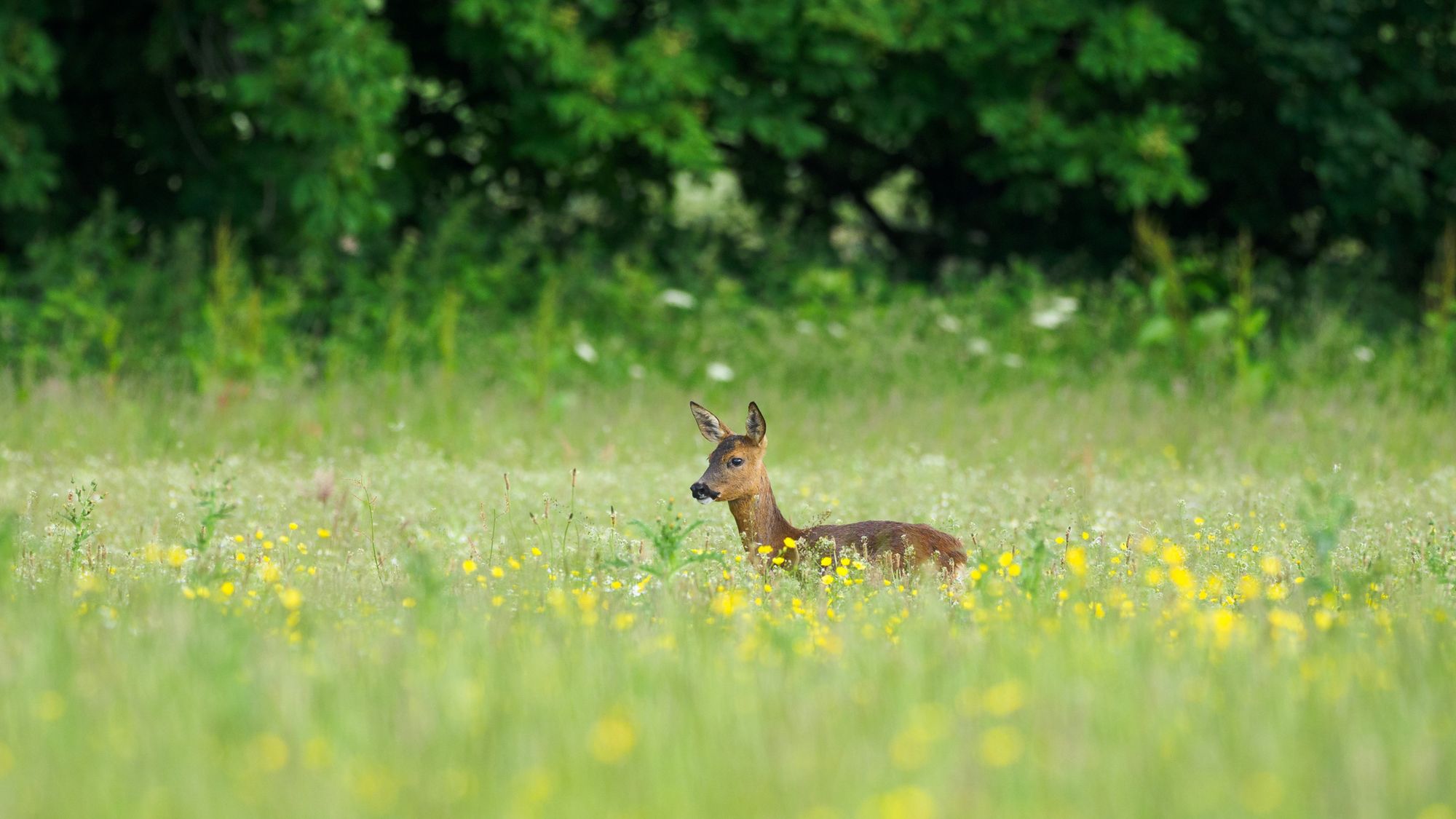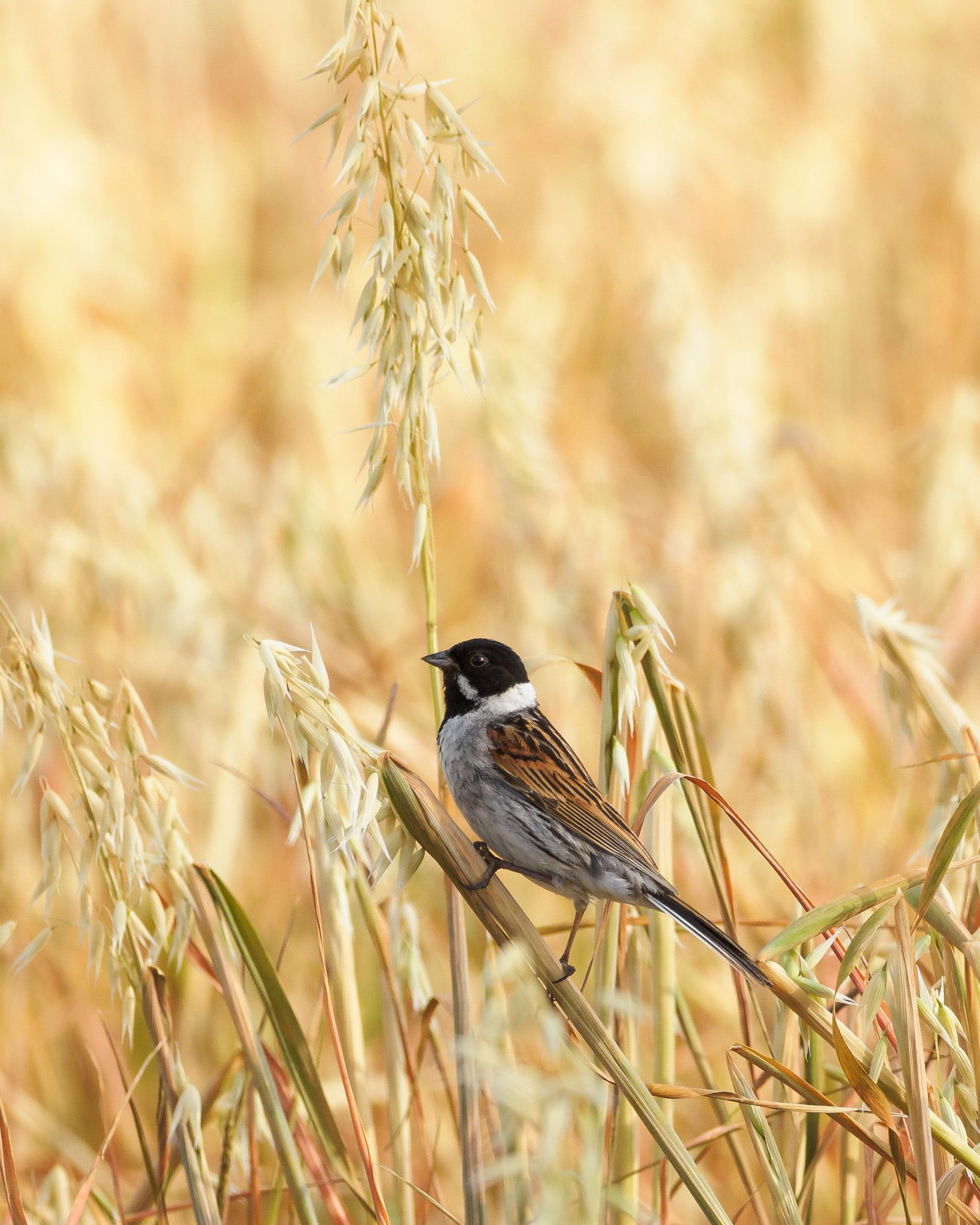Wildlife photography highlights, June 2021
Warning: post contains gratuitous pictures of baby animals.

Roe deer
Last month was a good one for roe deer sightings in the local area, and June has proven better still. Unlike last month, when most of my sightings were of the various bucks, this month I’ve been getting to know one of the does and her fawns a little better.
I first spotted the pregnant doe back in April – both in person and on my trail cam, which was set up in the nature reserve at the time. Towards the end of May, the doe started spending a lot of time in a particular secluded meadow with lots of long grass, and I thought that she was probably getting ready to give birth. I think that she actually did give birth around this time. My first sighting of one of the fawns came on the 15th of June, when I came across the mother with a fawn in the lane (by this time it was already big enough to be up and about). I had a couple of other sightings at long range that week too, but didn’t capture any images.
My luck changed on the 22nd of June when I took a walk through a different patch of the local countryside, and came upon the mother and no fewer than three fawns relaxing in a meadow – although the grass was so long that I could barely see the youngsters, and they aren’t visible in these images. I’m fairly certain that the mother is the same animal (I’ve become quite good at telling them apart with their facial markings). I was treated to several very good sightings that week, but this one was special as I managed to get very close to the animals without being seen.


Here’s a brief video clip showing the family from the next day. The animals running about in the background are hares. I asked my niece, Ada (who is four) to name the deer, and she named the mother Starfish, and the fawns Ears, Bluey, and Bingo.
I didn’t succeed in actually photographing the mother and one of the fawns together until the 24th (just one visible in this shot). This was my second sighting of them that morning.

On the 29th, I had a very good (albeit long-range) sighting of the family, but this time there were definitely only two fawns. Mortality of young roe deer is quite high. There’s always the chance that this is a different family, of course.

Finally, here’s one of the bucks out for a stroll:

Other mammals
A lean month for other mammals. I’ve seen a couple of foxes, and hares too of course – although the vegetation is now so high that it’s very difficult to photograph them.


Birds
We’re now into the time of year when I find bird photography extremely challenging due a combination of vegetation in full leaf, fewer birds displaying prominently, and very early dawns. While I haven’t created as many images of birds this month as I thought I might, June has had its moments – foremost amongst them being the fledging of our local lapwing chicks. The parents have been tirelessly fighting off crows and buzzards for weeks, so it was nice to see these little fluffballs buzzing around in the field.


Other bird sightings have included the usual yellowhammers, wrens, blue and great tits, whitethroats (although these have been far more elusive than this time last year), goldfinches, the occasional reed bunting, and of course many buzzards. I’ve only heard a handful of sedge warblers. This time last year there were dozens in the area, so this is disappointing. Barn owl sightings have, again, been few and far between – just three this month, and only one photograph at a distance.







Hannah and I also made a brief visit to Gibraltar Point, our local wetland nature reserve. Photography was challenging due to the heat haze.



Macro images: insects and flowers
Has you noticed that June 2021 has been exceptional for wildflowers? I don’t know if it’s something to do with the lateness of the spring, and perhaps how cold and wet it was the month before, but the flowers in the woodlands and meadows have been unusually vibrant. I’ve been enjoying the pinks and purples of ragged robin, red campion, and thistles. We’ve even been lucky enough to have bee orchids flowering in the garden due to a more relaxed mowing schedule. My favoured lens for these close-up subjects is the Olympus 12-40mm f/2.8, which can focus as close as 20cm (not a true macro lens, but near enough). The Olympus 300m f/4 is also pretty decent as it gives you a long working distance.








We’ll see what July will bring. I tend to find July and August fallow periods of the year for photography in general, and especially for wildlife photography. Before I know it my interest will be turning back to autumnal landscapes once again.
All images © Alex Roddie. All Rights Reserved. Please don’t reproduce these images without permission.
Alex Roddie Newsletter
Join the newsletter to receive the latest updates in your inbox.



